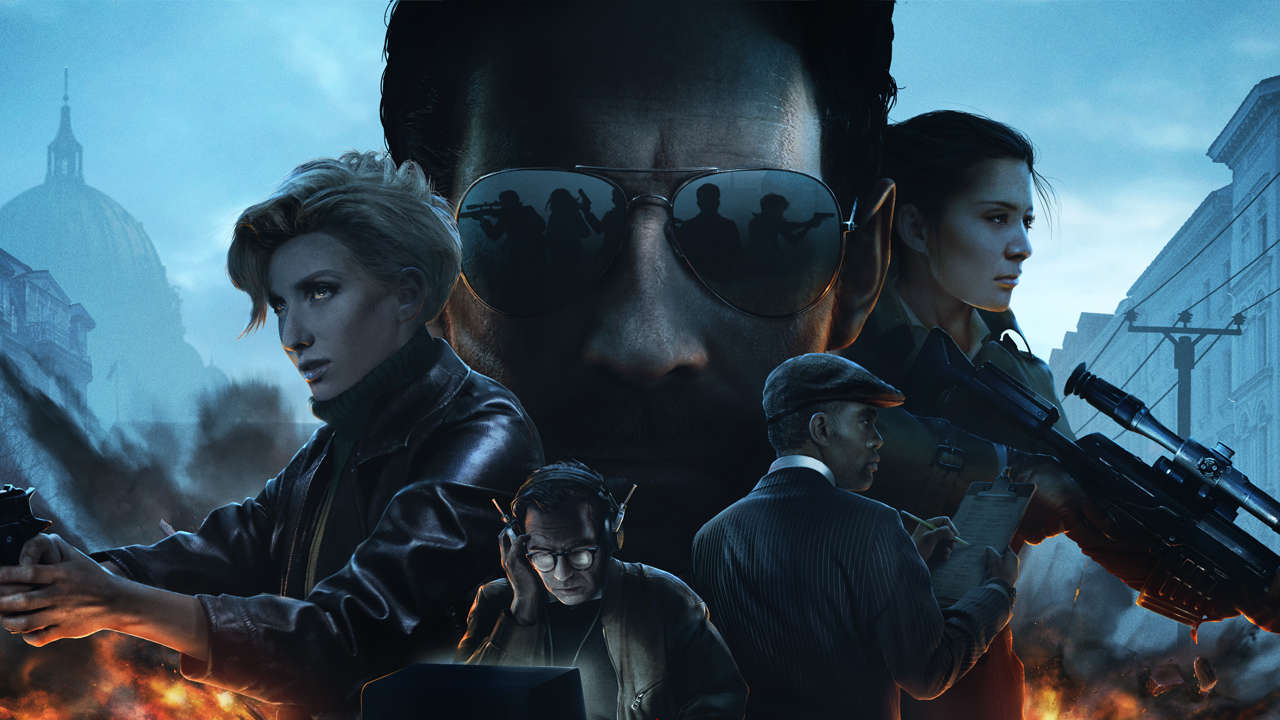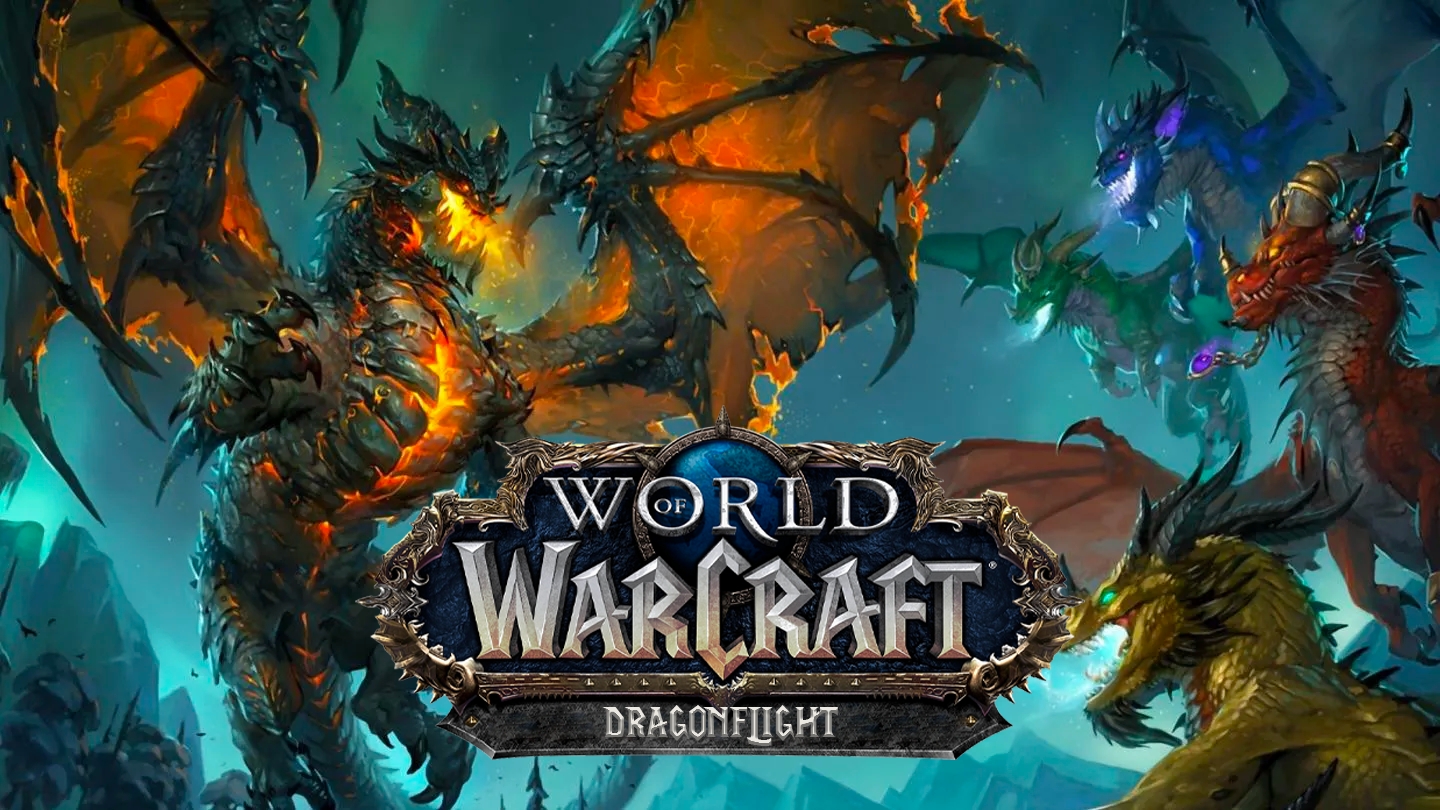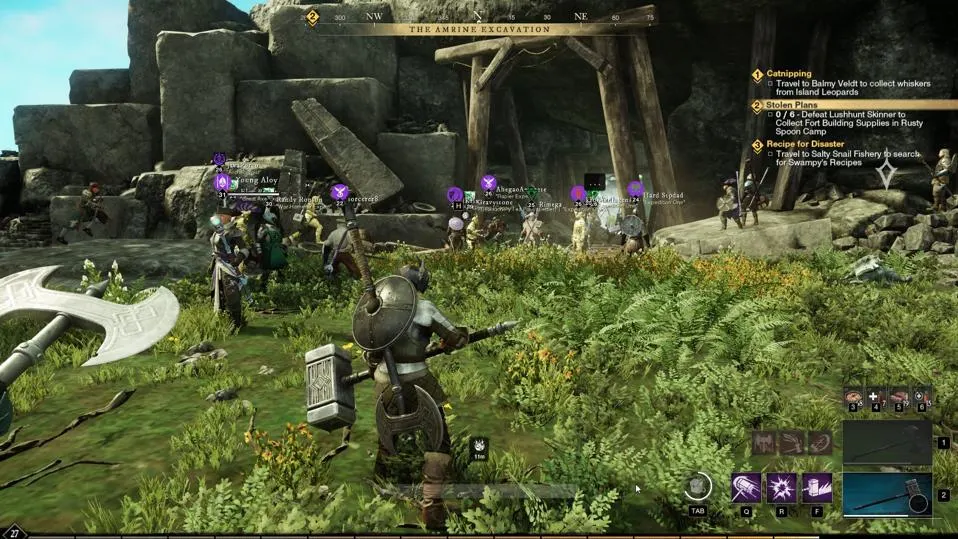Introduction to Phantom Doctrine
Phantom Doctrine, developed by CreativeForge Games, is a tactical espionage game that immerses players in a world of Cold War intrigue and covert operations. Released in August 2018, it combines strategic gameplay with a deep narrative to deliver a unique experience in the tactical RPG genre. This review explores its gameplay mechanics, story, graphics, and overall appeal.
Overview of Phantom Doctrine
The Setting and Storyline
Set in an alternate 1980s Cold War era, Phantom Doctrine presents a world of espionage and conspiracy. The narrative revolves around a global secret organization known as The Cabal, which operates in the shadows to influence global events. Players step into the shoes of an intelligence operative tasked with uncovering a web of deceit and uncovering the truth behind various covert operations.
Gameplay Mechanics
Phantom Doctrine combines elements of tactical strategy with stealth and RPG mechanics. Players are required to manage their agents, gather intelligence, and execute missions with precision. The game’s mechanics emphasize strategic planning, resource management, and tactical decision-making, which are critical for success in the game’s complex and challenging missions.
Tactical Espionage Action: Core Features
Strategic Planning and Decision-Making
One of Phantom Doctrine’s standout features is its strategic depth. Players must plan their moves carefully, considering the potential outcomes of each decision. This involves choosing the right agents for specific missions, managing their skills, and utilizing resources efficiently. The game’s strategy elements require players to think several steps ahead, making each decision impactful.
Stealth and Covert Operations
Stealth plays a crucial role in Phantom Doctrine. Unlike many tactical games that focus on direct combat, Phantom Doctrine encourages players to use stealth and subterfuge to achieve their objectives. The game features various methods for avoiding detection, including hiding in shadows, using disguises, and employing non-lethal takedowns.
Intelligence Gathering and Management
A significant part of the game involves gathering intelligence and managing information. Players must investigate leads, analyze data, and make connections to uncover the larger conspiracy. This aspect of the game adds a layer of depth and immersion, as players piece together the narrative through careful analysis and strategic choices.
Graphics and Art Style
Visual Design and Atmosphere
Phantom Doctrine’s visual design effectively captures the Cold War era’s aesthetic. The game features a distinctive art style that combines realistic environments with stylized character designs. The use of shadows and lighting enhances the stealth elements, creating a tense and immersive atmosphere.
Character and Environment Details
The game’s environments are richly detailed, from the urban settings of espionage operations to the various global locations players will explore. Character models and animations are well-crafted, contributing to the game’s overall sense of realism and immersion.
Sound and Music
Audio Design and Soundtrack
The audio design in Phantom Doctrine complements its espionage theme. The soundtrack features a blend of atmospheric music and tense, suspenseful tracks that heighten the sense of danger and intrigue. Sound effects, such as footsteps, alarms, and dialogue, are well-executed, contributing to the overall immersion.
Voice Acting and Dialogue
The game’s voice acting is solid, with performances that bring the characters and narrative to life. Dialogue choices can influence the direction of the story, adding depth to the characters and their interactions.
Replayability and Longevity
Multiple Endings and Choices
Phantom Doctrine offers significant replayability through its branching storylines and multiple endings. Players’ choices throughout the game can lead to different outcomes, encouraging replay to explore alternate paths and decisions.
Additional Content and Expansions
The game has received several updates and expansions that add new missions, characters, and features. These expansions extend the gameplay experience and provide additional content for players to enjoy.
Pros and Cons
Pros
- Deep Strategic Gameplay: The game’s tactical depth and strategic elements offer a challenging and rewarding experience.
- Engaging Storyline: The Cold War setting and conspiracy-driven narrative are compelling and immersive.
- Stealth Mechanics: The emphasis on stealth and covert operations adds a unique twist to the tactical genre.
Cons
- Complexity: The game’s complexity may be overwhelming for some players, particularly those new to tactical RPGs.
- Learning Curve: The steep learning curve may require a significant time investment to master the game’s mechanics.
Conclusion
Phantom Doctrine delivers a compelling blend of tactical strategy and espionage action. Its deep gameplay mechanics, engaging story, and immersive atmosphere make it a standout title in the tactical RPG genre. While its complexity and learning curve may pose challenges, the game’s unique approach to stealth and strategy offers a rewarding experience for those willing to invest the time. Whether you’re a fan of tactical games or just looking for a new experience in the espionage genre, Phantom Doctrine is worth exploring.
FAQ
What is Phantom Doctrine?
Phantom Doctrine is a tactical espionage game set in a Cold War-era world of conspiracy and covert operations. It combines strategic gameplay with stealth and intelligence gathering.
Who developed Phantom Doctrine?
Phantom Doctrine was developed by CreativeForge Games, a studio known for its work in the tactical and RPG genres.
What platforms is Phantom Doctrine available on?
The game is available on Microsoft Windows, PlayStation 4, Xbox One, and Nintendo Switch.
How does the game handle stealth mechanics?
Phantom Doctrine emphasizes stealth and covert operations. Players can avoid detection through hiding, using disguises, and employing non-lethal tactics.
Are there multiple endings in Phantom Doctrine?
Yes, the game features multiple endings based on the player’s choices and decisions throughout the story.
What are the key features of Phantom Doctrine?
Key features include deep strategic planning, stealth mechanics, intelligence gathering, and a compelling Cold War-era narrative.



